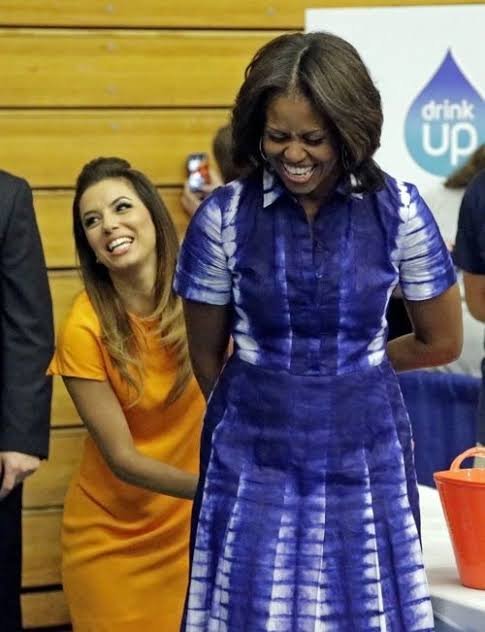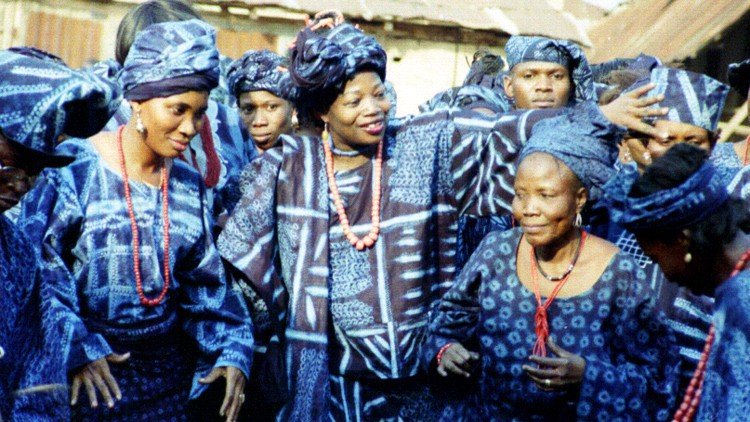One of Nigeria’s indigenous local attires is adire – a Yoruba word for ‘tie and dye.’ It is also referred to as kampala by some people. Adire is indigenous to the egba people of Abeokuta, Southwest Nigeria. It is an art that is popular with women from that part of the country.
You’ll hardly visit Abeokuta in Ogun State without seeing this particular fabric; it is the home of adire, which is made by using a variety of resist-dyeing techniques. The tradition of this dyeing dates back to centuries in West Africa. The earliest form of this art was made in the Dongo Kingdom, Mali dating to the 11th century. It has since been a major art of the Yoruba people of Southwest Nigeria.
Even though adire is not as common as ankara (another local fabric), it has had its fair share of popularity, not only in Nigeria but in some other West African countries. Adire comes in different colors and patterns which makes people unique and stunning when adorned in them. This fabric is a symbol of the Yoruba people as it is seen in most Yoruba epic movies – a way of promoting the brand.
Talking about promoting this unique brand, some public figures and celebrities have this particular fabric to exhibit its beauty. Top among these people are Michelle Obama, Wole Soyinka, Ibikunle Amosun, Lupita Nyong’o, Lagbaja and so on.

How adire is produced

Adire is made by making designs on a cotton cloth and other textile materials. There are three primary resist techniques used in Nigeria for making adire. The first is onikan, which involves tying raffia around hundreds of individual corn kernels as pebbles so as to make white circles on a blue background. The fabric can be twisted and tied on itself or folded into stripes.
Another technique is called alabere, which involves stitching raffia into the fabric in a pattern before dying. The raffia palm is stripped, and the spine sewn into the fabric. After dyeing, the raffia is usually ripped out.
The third technique is known as eleko. This involves painting cassava paste on the fabric. Chicken feathers, carved calabash, metal stencils, and other materials have also been used in making different patterns on fabric.

Adire has since been used to make different things, ranging from bags, pillowcases, shoes, and other clothing accessories. It is one of the Nigerian local exports to the world and we can’t but help make this brand grow.
If you haven’t gotten this fabric in your wardrobe, I guess it’s time to get one from textile merchants in the markets. This is a case of Nigeria to the world, we have to be involved.

